Set against the backdrop of the late 19th century, this excerpt from a British newspaper chronicles the rapid rise of the oil industry in Baku, Azerbaijan. The report highlights dramatic developments such as the eruption of oil fountains in Balakhani, the strategic involvement of the Nobel Brothers, and the far-reaching economic impact of this newfound energy source. As the world begins to awaken to the potential of petroleum, Baku emerges as a pivotal hub in the global oil trade.
Given the detailed reporting on industrial developments and the economic aspects of the oil industry in Baku and the use of British currency and measurements, it's rational that the article originated from a prominent British publication of 19th century, such as The Times of London or The Economist. These newspapers were known for their in-depth reporting on international industrial developments from various parts of the world during the late 1800s, including the rapidly expanding oil industry in Baku.
Colin Allan, Vice President at bp AGT region, came across fascinating historical information about the Baku oil boom thanks to an old friend in the UK. While unpacking a family heirloom, his friend discovered a 19th-century newspaper article - once used as packing material - detailing early oil boom in Baku. Intrigued by this unexpected find, Colin shared the article with his colleagues in the External Affairs team. The story has since captured broader interest and is now publicly available.
Based on the content and historical context of the transcribed article, it appears to be published around October 1879. The article discusses significant oil discoveries and developments in Baku, Azerbaijan, during that period, including references to:
• The Nobel Brothers' oil operations and their handling of oil fountains.
• The Khalil Company's oil fountain in 1875 and its impact on oil prices.
• The Droojba Company's recent oil fountain and subsequent oil sales.
• The reference to oil fountains and the economic impact of oil production corresponds with the known oil boom in Baku during the late 19th century, where the city became a significant center for oil extraction and refining.
Here is the most complete transcript of the visible text from the British newspaper fragment:
“…about their well to see how the mischief might be checked. There have been a number of such fountains in the Balakhani group, and hence the damage done has ruined them. The aggravating part of it all to the partners is that after striking oil a few days ago they capped over the well and apparently had the liquid under complete control. It was in making some improvement to the streamway that the oil suddenly started to go astray, and nothing can be done to check the stream until the flow begins to diminish and the fountain supply loses its vigour. Nobel Brothers had a fountain a short time ago that spouted 200ft. high for 36 days, throwing up during the period 36,000,000 gallons of petroleum oil. But the Nobel Brothers are men of vast resources, and their well happened to be situated close to some main lines, where reservoirs could be formed. Thanks to this arrangement the loss was small - of the oil they only lost 1,000,000, as 35,000,000 gallons of the fluid were already converted into kerosene and other products for the Russian market.
It is a noteworthy feature in connection with Baku that fountains are becoming more numerous and of larger volume every year. The deeper the Baku people bore the greater the amount of oil they get for their pains. In the old monopoly days, up to 1872 oil fountains were altogether unknown at Baku; the first took place in this year, and the Khalil Company, in boring for oil, got a fountain which nothing could stop for the whole summer. Up to the time of the fountain petroleum oil had been worth from 340 to 45 copecks the pood, or 6s4 to 8s. the 40 gallon barrel. After 1872 it fell at once to two copecks the pood, or 4d. the barrel, and has never maintained long a higher price since. In the present instance the Droojba Company of the oil saved is being bought by Nobel Brothers and Poleshoffs by the pood at the sum of 3 copecks the pood, or 3d. the 40 gallon barrel. Such wonderful fountains are yearly carrying off millions of gallons of oil, and we, ignorant of the amazing resources in Baku, have been for years the dupes of the petroleum supply of the world. Baku has enough petroleum to light the whole world till the…
…fruitful of oil. The petroleum land is in itself ill-defined, and no man can fix its exploitable boundary. When a fountain of oil bursts from the soil those on the land adjoining the spout rush to claim rent, and it is here that the legal authorities are bewildered. A short time ago Nobel Brothers had to buy for a few hundred roubles a small strip of land adjoining their property. Shortly after the purchase a fountain of oil broke out on the land and collected in a natural tank. Nobel Brothers bought it from which they now draw thousands of barrels of oil under easy terms and has now brought in a yearly return of many thousands of roubles. The Baku authorities are unable to value such property, but in the end the total value of petroleum wells may be counted in millions. When the tide of the October election has drifted somewhat further away, and people are able to think a moment, it will be understood that a wonderful and prolific crop of fountains exists quite abundantly in the neighbourhood of Balakhani as in Balakhani itself.
No wonder that an old war horse Major Stokes prefers it above the eternal lines, the cold Surralash, and the Dossoglu. Even at the distance two or three miles from Balakhani, crops up in many places in loose sandstone strata, and oil may be found on the very surface of the steppe, and at many places in a liquid condition. But I present the rough facts and leave the oil petroleum to be further elucidated by others. These Baku fountains, again, most of them connected with tubes at Balakhani, will continue…
…Government would thus appear to be throwing away a valuable crop of oil in the interest of the probable loss of some few minor producers. Would such apparent logic hold good at any time little to interfere with the enormous amount of public revenue now being derived from the oil industry? The true value of Balakhani is in its oil, and the Atabeks who roam over Major Stokes’s valuable home crop cannot be allowed to interfere with his 29 million gallons a year, except upon some very certain warrant of justice, and a more determined investigation of his title. In the meantime, let the example of this great fountain serve as an illustration of the vastness and probable extension of the Baku oilfield, and also the valuable field for investment which is now presenting itself.
J. E. R. Rothashead. Oct. 10”
Azerbaijan’s oil wealth has a rich and storied history, with its modern oil industry tracing back to the 19th century, during the time of the Russian Empire. The early oil boom attracted significant international interest, with Swedish, British, Dutch, and Russian companies playing prominent roles. Alongside them were influential local oil magnates such as Haji Zeynalabdin Tagiyev and Musa Naghiyev, who were widely respected not only for their business success but also for their generous philanthropic contributions to Azerbaijani society.
The development of oil drilling in Baku made Russian empire the world’s leading oil producing country in 1898; it maintained this position until 1901. Baku provided more than half of world’s and 95 per cent of the Russian empire’s oil production.
On 1 May 1851, Prince Mikhail Vorontsov, Viceroy of the Russian emperor in the Caucasus, headed a delegation that participated at the World Exhibition in London, where the samples of black and white oil were displayed at the section of chemical products: black oil from the Bibi-Heybat, Balakhani and Surakhany wells, and white oil from the Surakhany well from the oil fields in Baku.
These samples of oil that displayed at the exhibition in London were produced eight years before the drilling of the first oil well in the USA in1859, the start of the American oil production. As a matter of fact the 1st oil well in the world was drilled in Bibi-Heybat field in Baku in 1846.
It is an inescapable fact that with this start Baku fueled the Russian empire which later became a center of Soviet Union, sated the domestic needs for decades and fuelled Soviet tanks and aircrafts, making a big contribution to the victory over Nazi Germany during World War II.
All this was in line with Winston Churchill’s famous saying - “If oil is a queen, then Baku is her throne.”
Alongside its rich hydrocarbon resources, Azerbaijan also possesses significant untapped renewable energy potential, thanks to its natural characteristics. The country enjoys abundant sunshine and strong winds, particularly along the Caspian Sea coast. It is no coincidence that one of the versions of the origin of the name of Baku - Badkube - means “wind-blown place,” a reference to the strong north winds that frequently sweep through the city.
Today, Azerbaijan, in cooperation with Saudi Arabia’s ACWA Power, is implementing a 240 MW wind power plant project in the Absheron and Khizi districts along the Caspian coast.
In addition, as a country with high solar potential, Azerbaijan is advancing solar energy initiatives. Within the framework of COP29, the groundbreaking ceremony for the “Shafag” (Sunrise) solar project, implemented by bp, was held. During the ceremony, bp’s CEO Murray Auchincloss and Azerbaijan’s Minister of Energy Parviz Shahbazov signed an Investment Agreement. This agreement will be followed by a final investment decision, paving the way for solar power production in the Azerbaijan’s liberated Jabrayil district of the Karabakh region.
Guivami Rahimli, PhD
Professor at Baku State University,
lecturing energy security, multilateral
and regional diplomacy at the faculty
of international relations and economics,
Senior government affairs adviser in
bp’s Azerbaijan-Georgia-Türkiye region






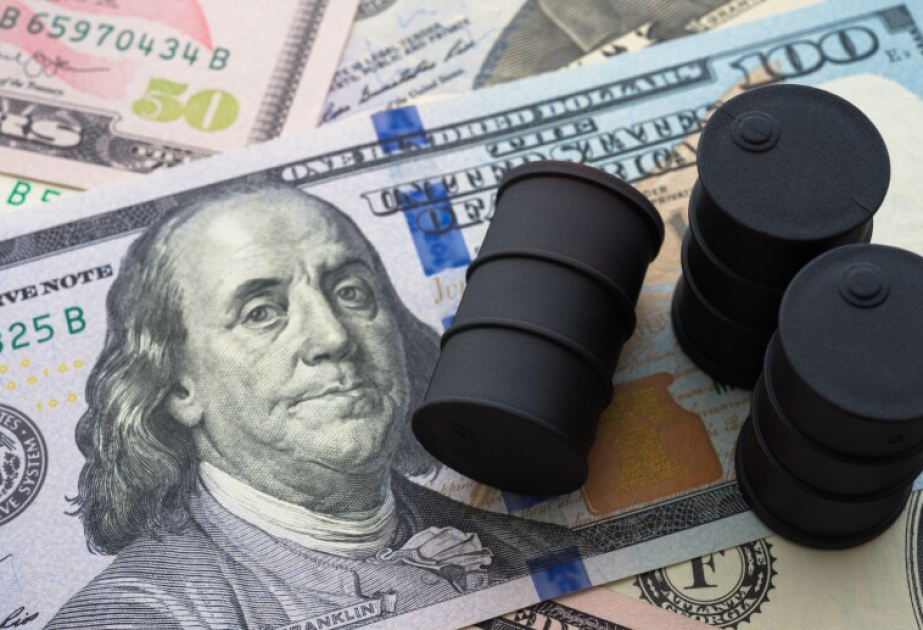
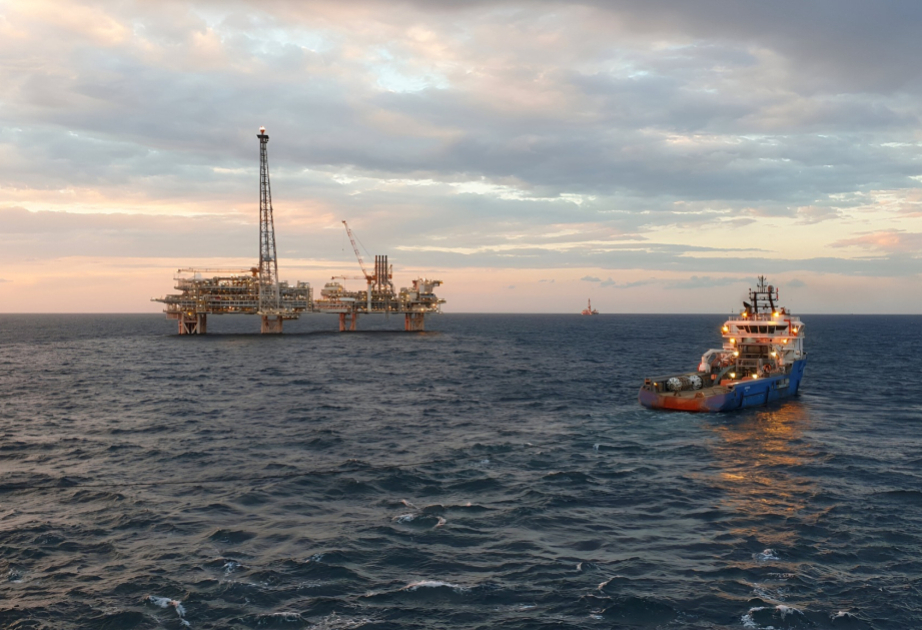
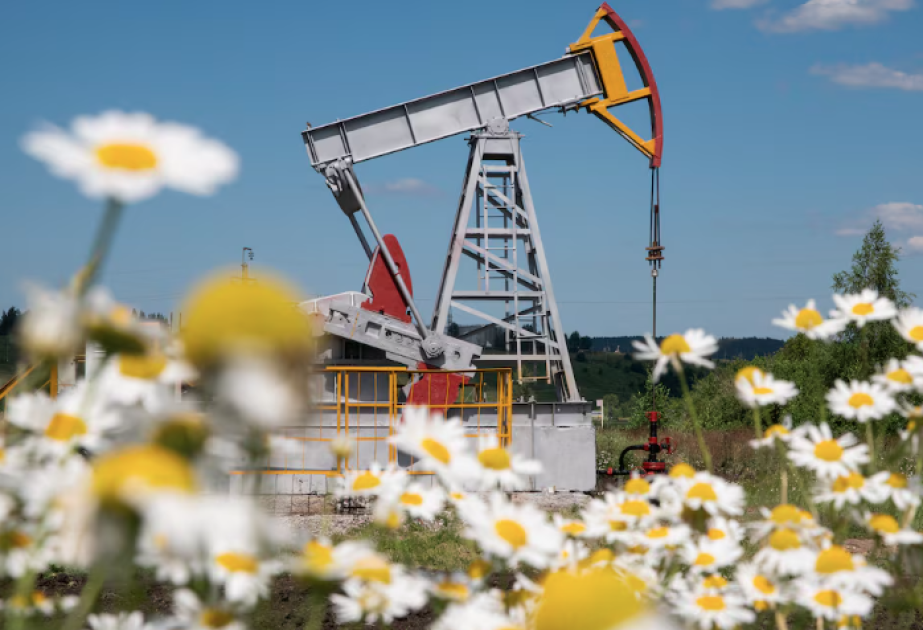
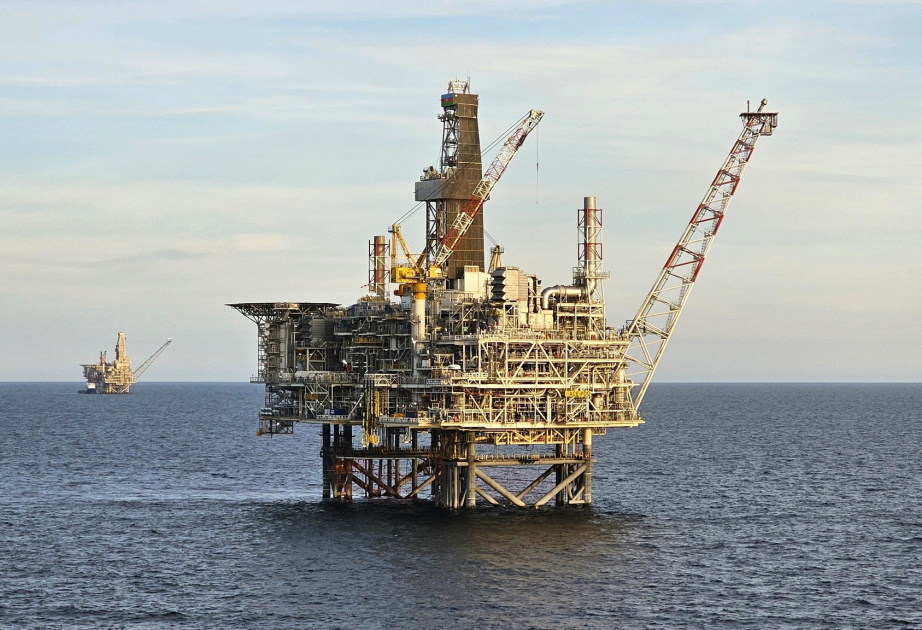
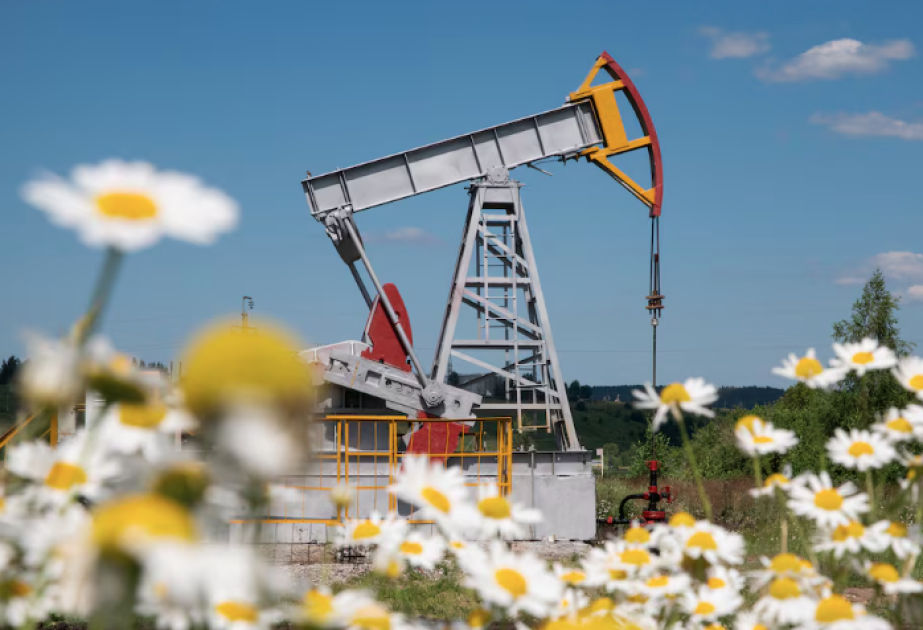


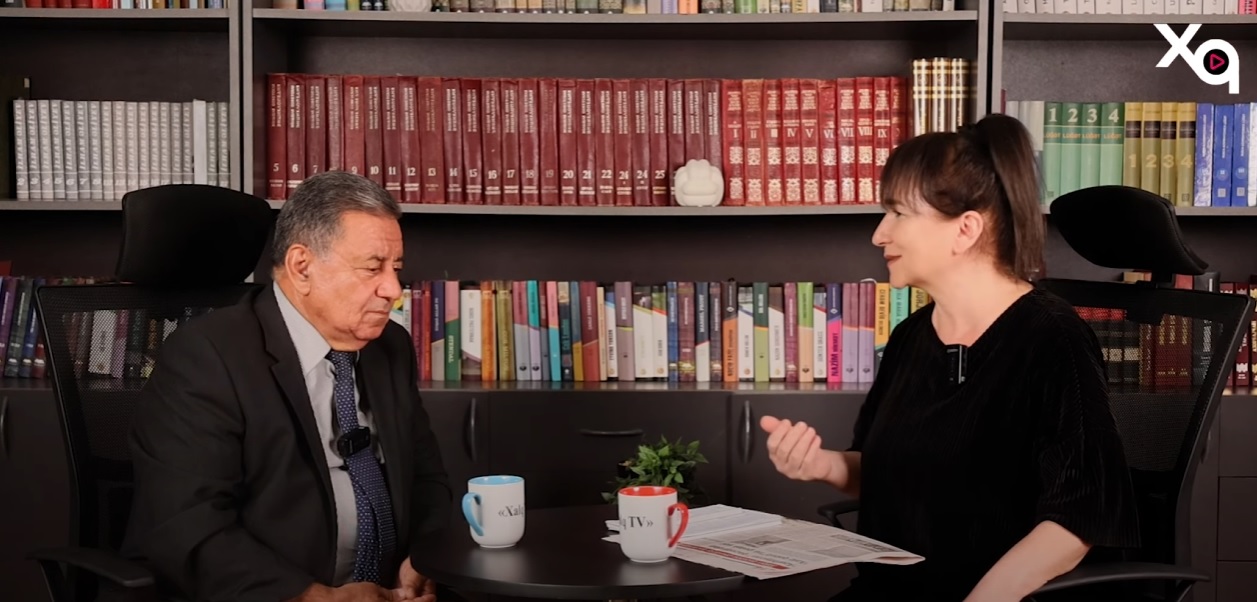

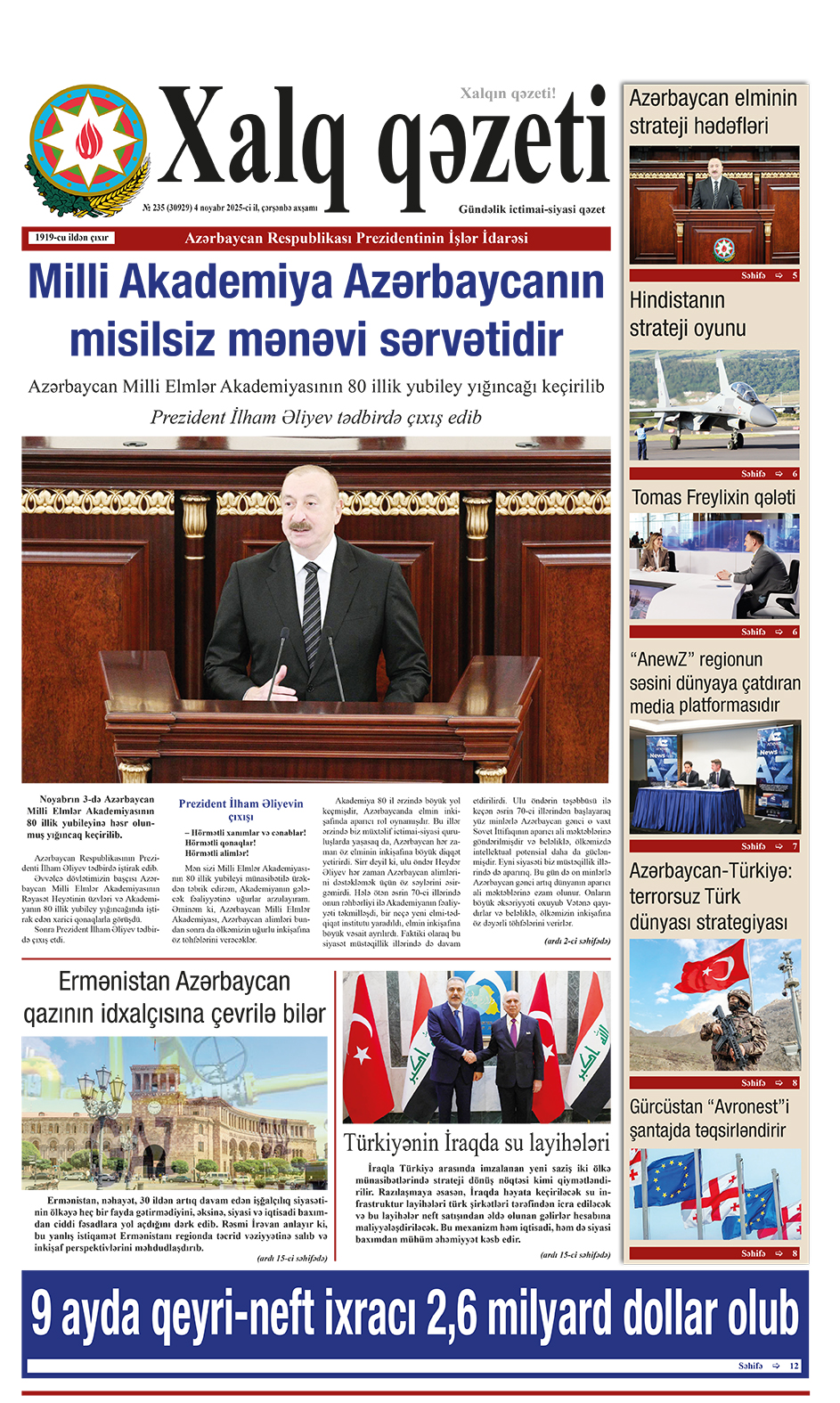



.jpg)

